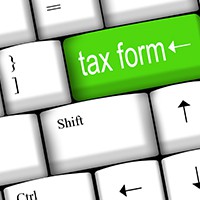Last updated: October 23 2019

The Proposed New BPA: It’s Complicated
The new government has pledged changes to the Basic Personal Amount (BPA), but in doing so, has introduced significant complexity into the calculations, especially for higher-income earners. These changes are scheduled to begin in 2020 and targets taxpayers with incomes below $150,605 and $214,557 as explained below:
|
YEAR |
BASELINE BPA |
NEW BPA – Income below $150,605 |
NEW BPA – Income below $214,557 |
|
2020 |
$12,309 |
$13,229 |
$12,769 |
|
2021 |
$12,567 |
$13,808 |
$13,188 |
|
2022 |
$12,852 |
$14,298 |
$13,625 |
|
2023 |
$13,092 |
$14,046 |
All BPAs (baseline and for both income thresholds) are indexed to inflation for 2024 and beyond. The PBO estimates the cost of these changes to be as follows:
|
YEAR |
2019-2020 |
2020-2021 |
2021-2022 |
2022-2023 |
2023-2024 |
2024-2025 |
2025-2026 |
2026-2027 |
2027-2028 |
2028-2029 |
|
$millions Total |
662 |
2,890 |
3,861 |
4,855 |
5,664 |
5,849 |
6,015 |
6,201 |
6,391 |
6,585 |
Note: The amounts for spouse or common-law partner and dependent will not be changed from the current format, which uses the baseline BPA.
These changes appear to add a new “clawback zone” and with it some higher marginal tax rates for incomes over $150,605.
Additional educational resources: Interested in learning more about personal tax issues? Take our online courses from the DFA-Tax Services Specialist™ designation program. Or, come to one of our CE Summit workshops for an in-person learning experience.
COPYRIGHT OWNED BY KNOWLEDGE BUREAU INC., 2019.
UNAUTHORIZED REPRODUCTION, IN WHOLE OR IN PART, IS PROHIBITED.
